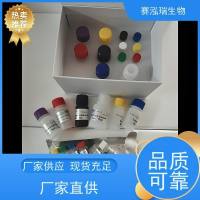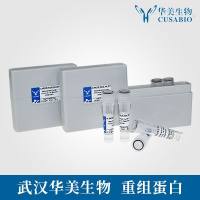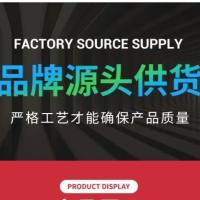Controlled Agitation During Hybridization: Surface Acoustic Waves Are Shaking Up Microarray Technology
互联网
互联网
相关产品推荐

神经纤维素2(NF2)检测试剂盒ACN; BANF; SCH; Merlin; Bilateral Acoustic Neuroma; Schwannomin; Schwannomerlin; Moesin-Ezrin-Radixin-Like Protein
¥800

p46/p46蛋白Recombinant Mesomycoplasma hyopneumoniae 46 kDa surface antigen (p46)重组蛋白p46蛋白
¥2616

Recombinant-Schizosaccharomyces-pombe-Meiotically-up-regulated-gene-126-proteinmug126Meiotically up-regulated gene 126 protein
¥12320

神经纤维素2(NF2)检测试剂盒ACN; BANF; SCH; Merlin; Bilateral Acoustic Neuroma; Schwannomin; Schwannomerlin; Moesin-Ezrin-Radixin-Like Protein
¥800

赛默飞世尔Thermo Fisher SCREW ACOUSTIC HOUSING WARBL 货号:T_70117-377-795
¥5

